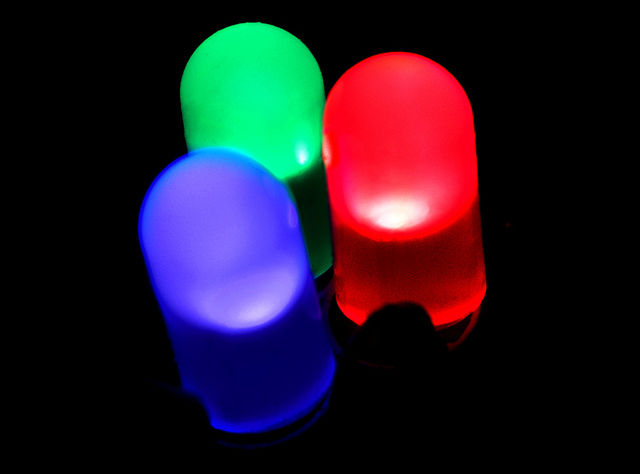Discover how semiconductor LED technology revolutionizes emergency lighting: ultra-reliable, energy-efficient solutions for safety-critical environments. Future-proof illumination today.
LED, or Light Emitting Diode, has evolved from an insignificant small electronic component into a revolutionary technology that is changing the way lighting is done worldwide. This semiconductor light source, with its numerous advantages such as high efficiency, energy conservation, long lifespan, and environmental friendliness, is gradually replacing traditional light sources and becoming the leader in the lighting field, profoundly influencing our lives. Its application in the field of emergency lighting is particularly prominent.

The working principle of LED: The wonderful reaction of semiconductor materials
Unlike incandescent lamps that generate light by heating through resistance, the working principle of LEDs is based on the characteristics of semiconductor materials. The core of an LED is a PN junction, composed of P-type semiconductors and N-type semiconductors. When current passes through a PN junction, electrons and holes recombine, releasing energy in the form of light. This highly efficient energy conversion rate also makes LED an ideal choice for emergency lighting, as its low power consumption feature can extend battery life and ensure a continuous power supply in emergencies.
The advantages of LED: high efficiency, long lifespan and environmental friendliness, providing reliable support for emergency lighting systems
The rise of LED technology is no accident. It has many advantages that traditional light sources cannot match:
High efficiency and energy conservation: The luminous efficacy of LEDs is much higher than that of incandescent lamps and fluorescent lamps. This is particularly important when designing emergency lighting systems, as it can extend battery life and reduce energy consumption.
Long lifespan: The lifespan of LEDs far exceeds that of traditional light sources, which means that the frequency of lamp replacement is greatly reduced, lowering maintenance costs and resource waste. This is a key advantage for emergency lighting systems that require long-term, reliable operation.
Environmental protection: LED does not contain harmful substances such as mercury and is environmentally friendly.
The application of LED: Illuminating various fields and enhancing the reliability of emergency lighting systems
The application of LED technology has spread across various fields. In many key locations, LED lamps have formed reliable emergency lighting systems.
Commercial lighting: LED lighting is widely adopted in shopping malls, office buildings, hotels, and other places to reduce operating costs, enhance the environmental atmosphere, and ensure sufficient lighting in emergencies.
Industrial lighting: Emergency lighting systems in factories, warehouses, and other places are increasingly adopting LED technology to enhance safety.
Outdoor lighting: LED street lamps, landscape lights, etc., play a significant role in the field of outdoor lighting and are also used in emergency lighting facilities.
The Future of LED Technology: Continuous Innovation and Development, Leading the progress of Emergency Lighting technology
Although LED technology has made tremendous progress, its development is still ongoing. In the future, LED lighting technology will develop in the following directions:
Higher luminous efficacy: Continuously enhancing the luminous efficacy of LEDs and reducing energy consumption are crucial for the battery life of emergency lighting.
Longer lifespan: Extend the service life of LEDs, reduce maintenance costs, and ensure the long-term reliability of emergency lighting systems.




